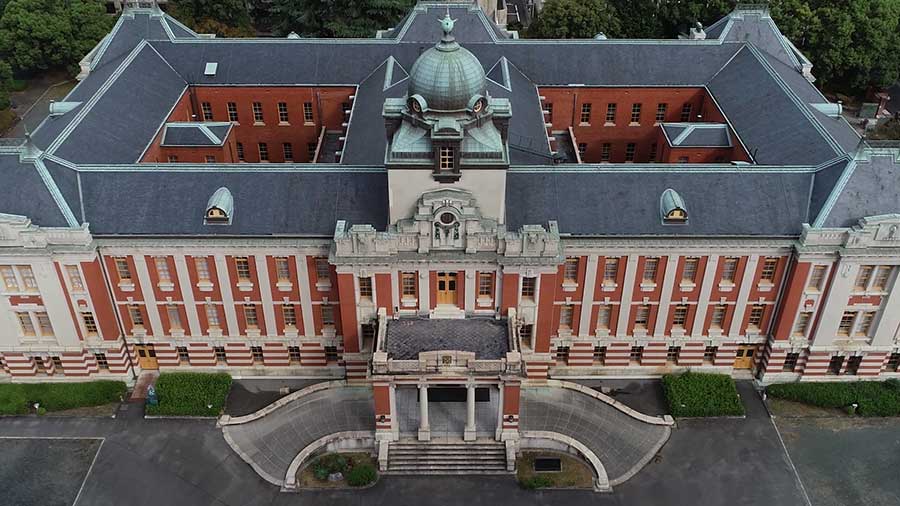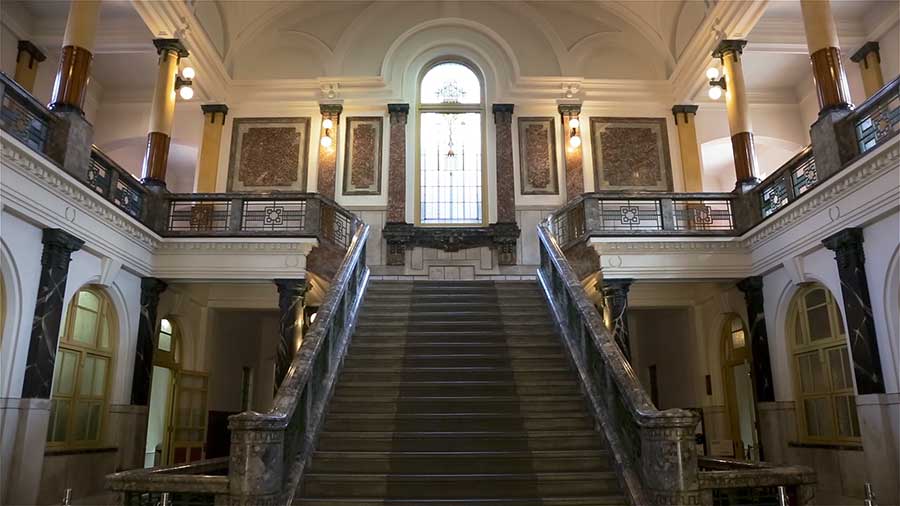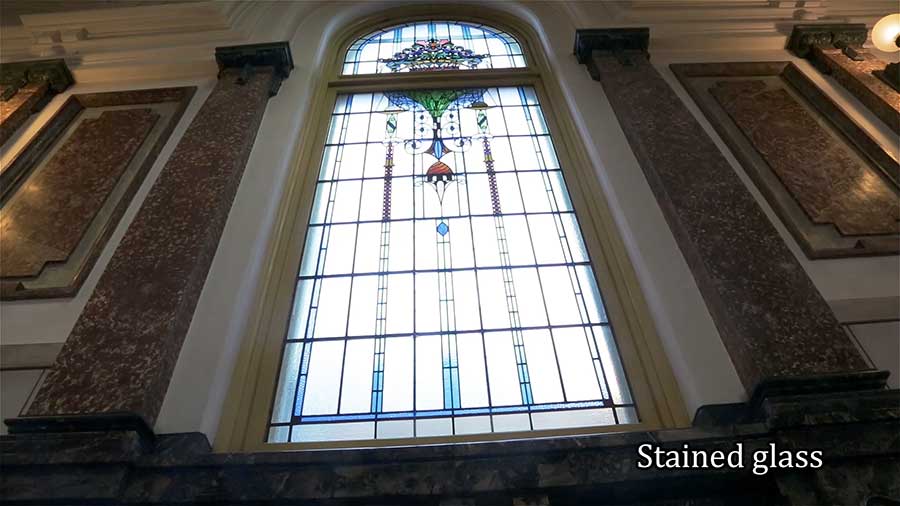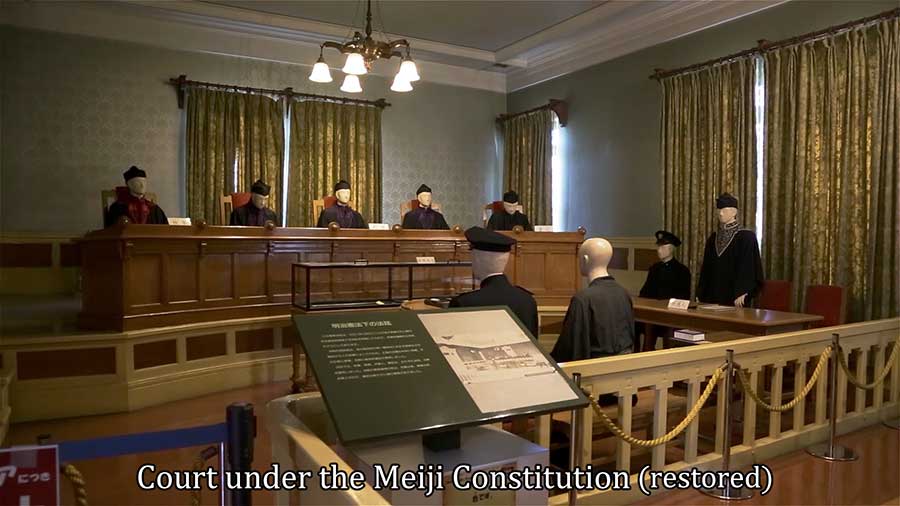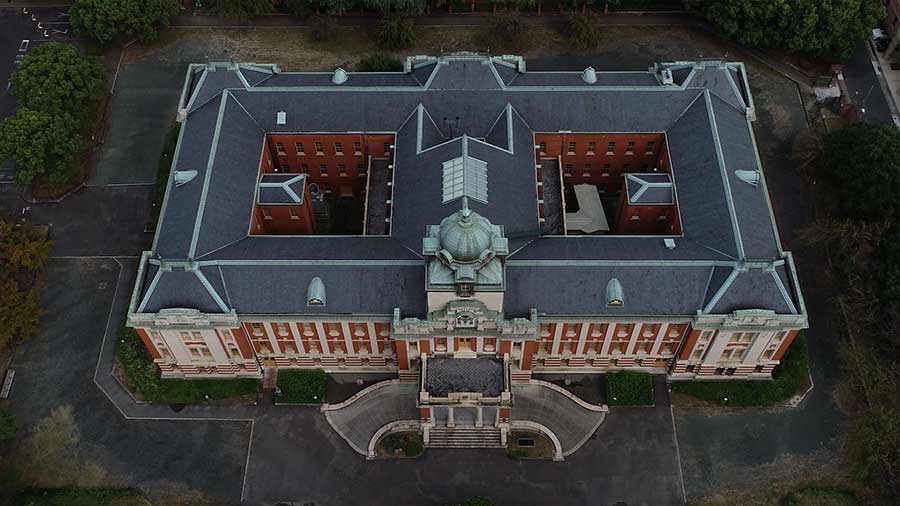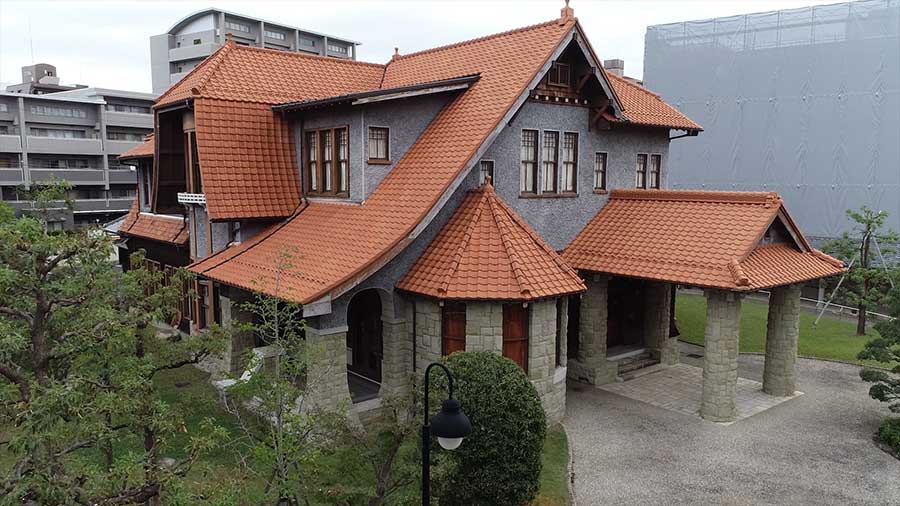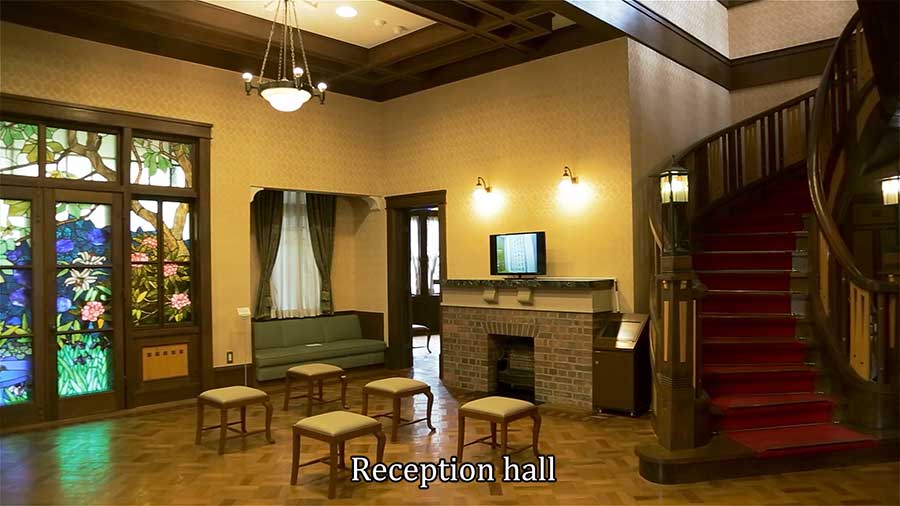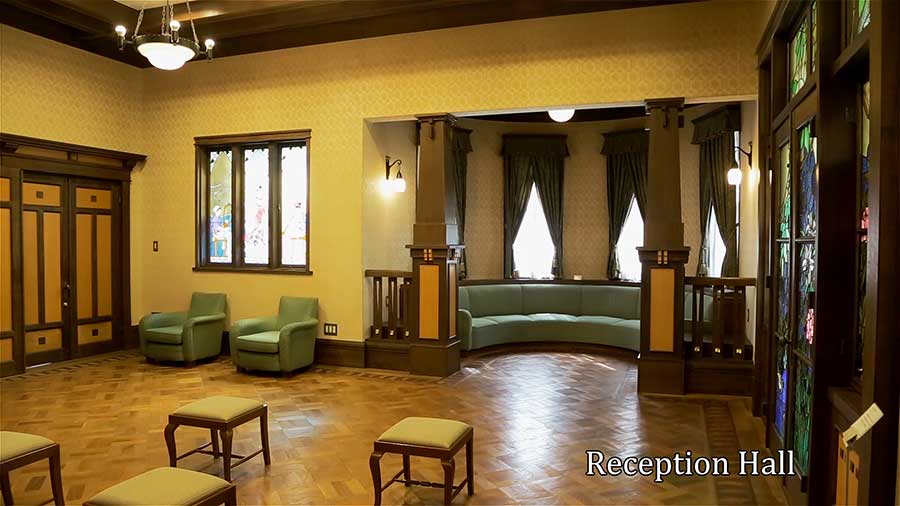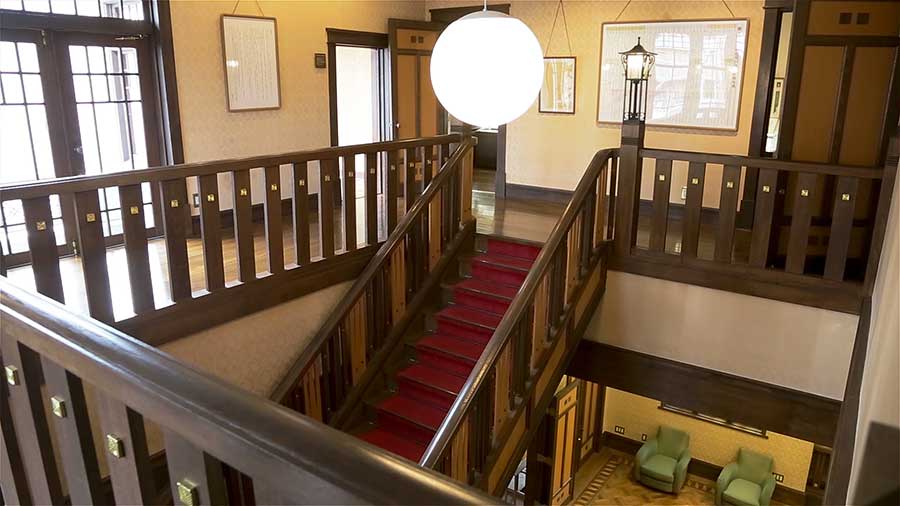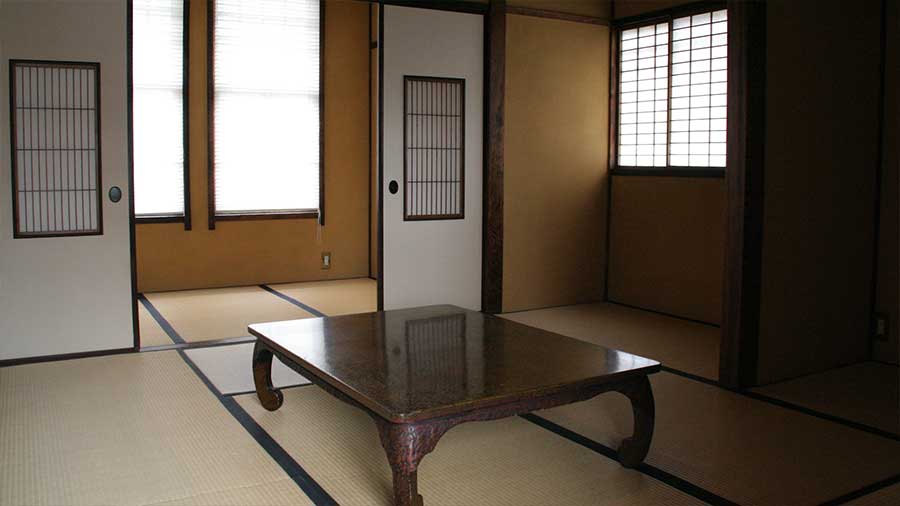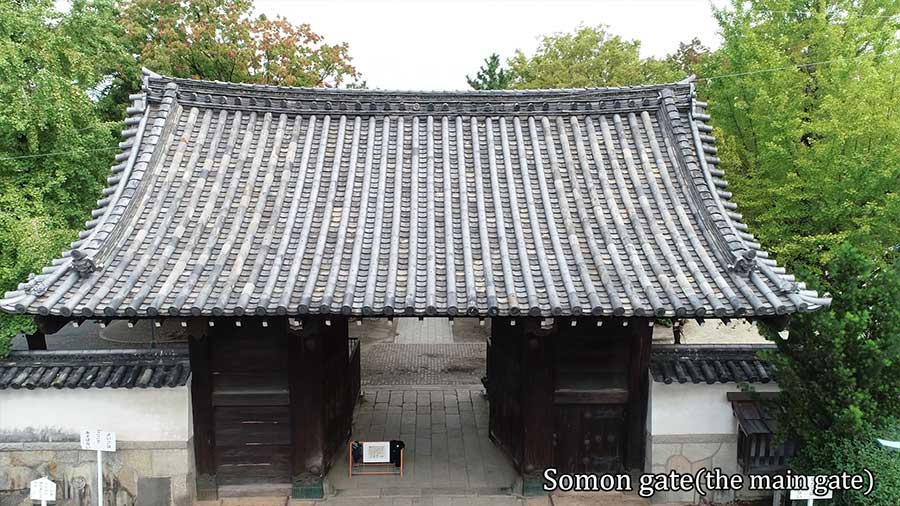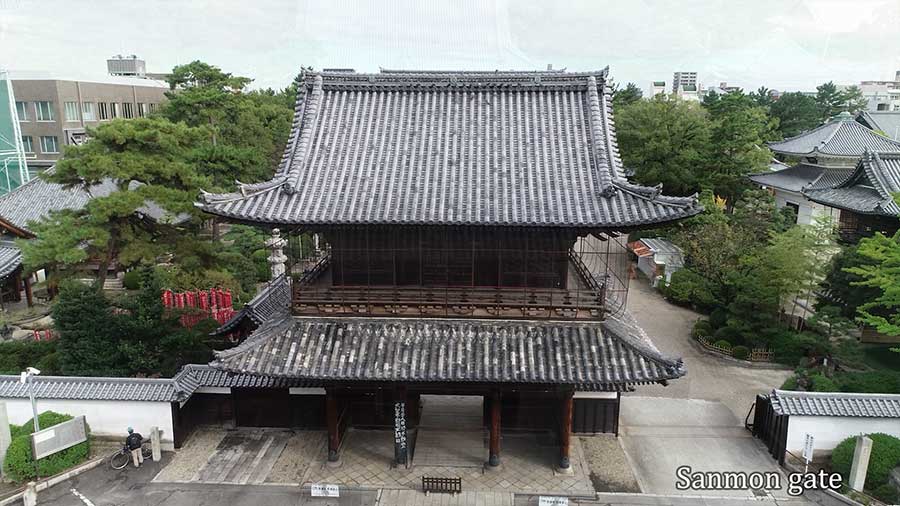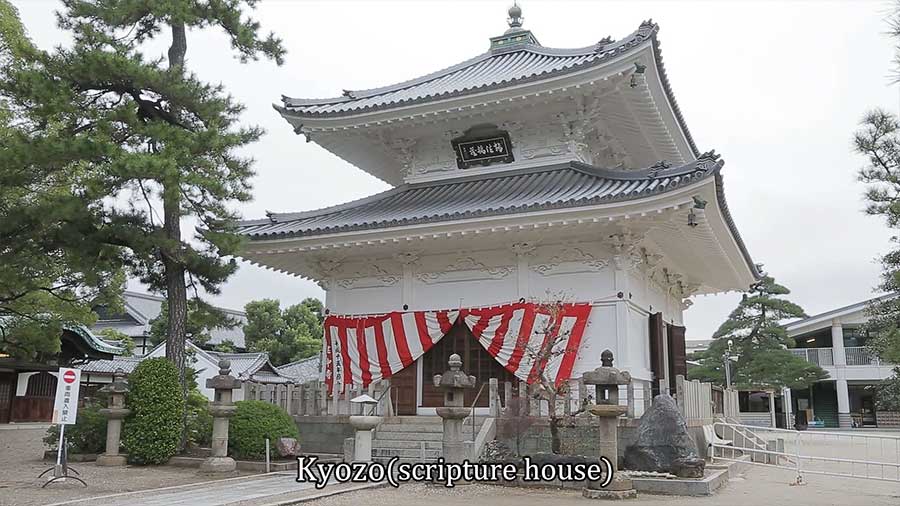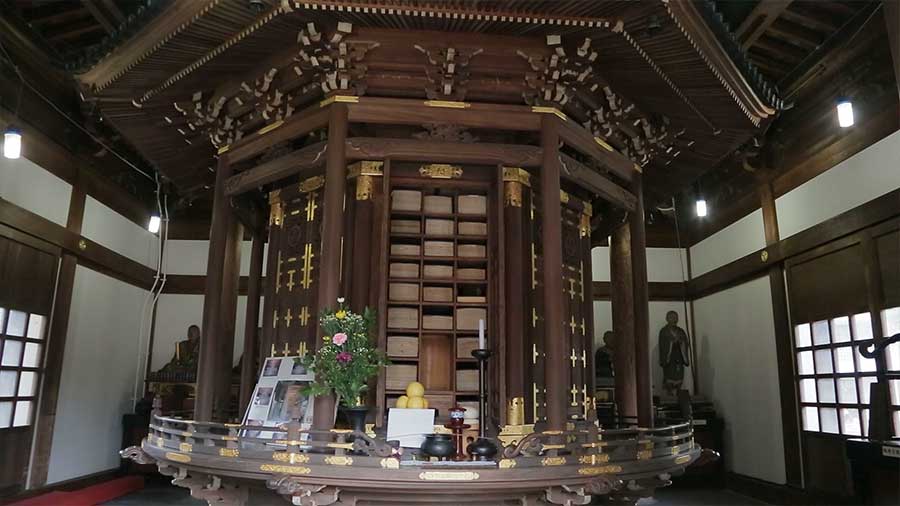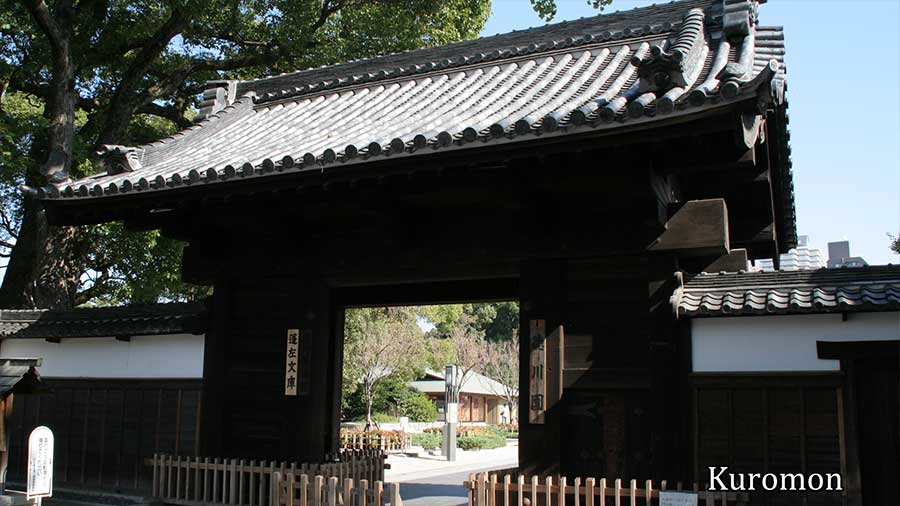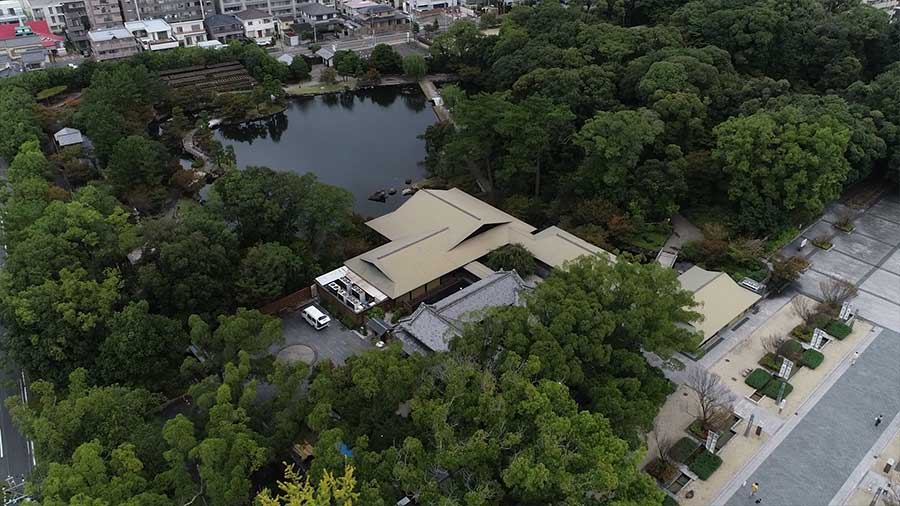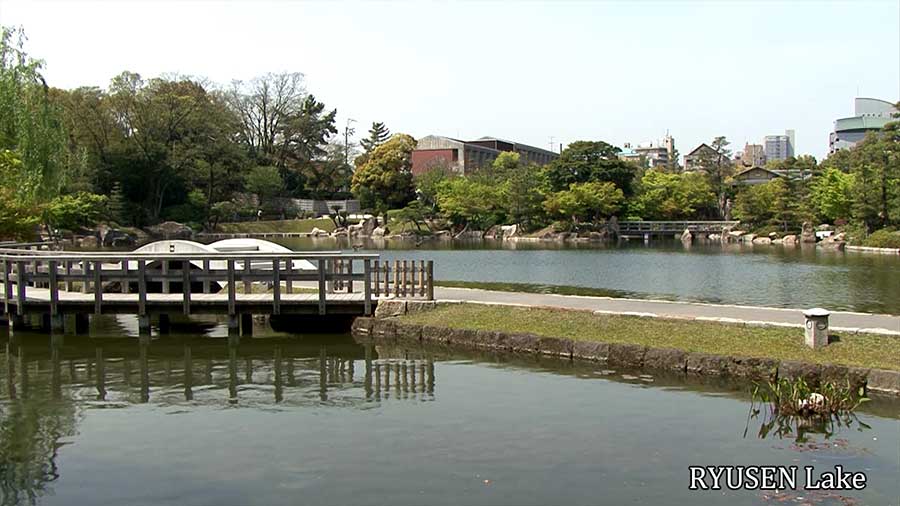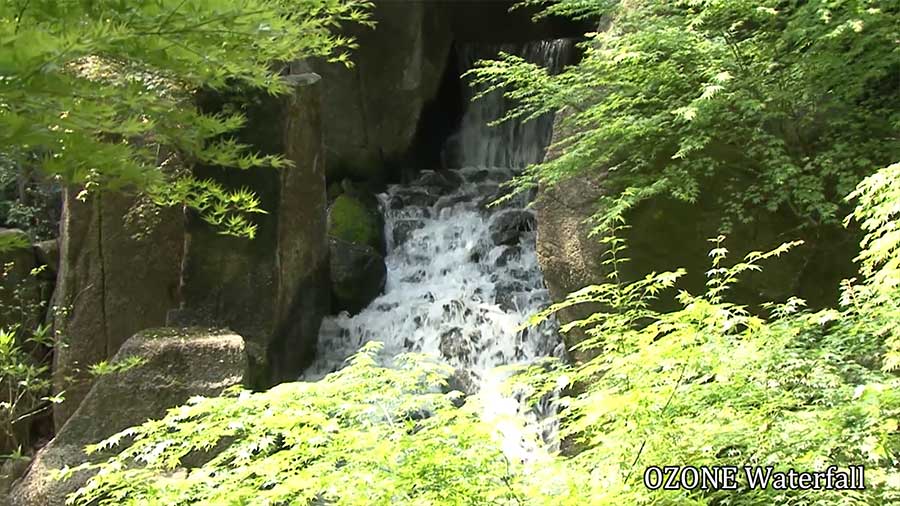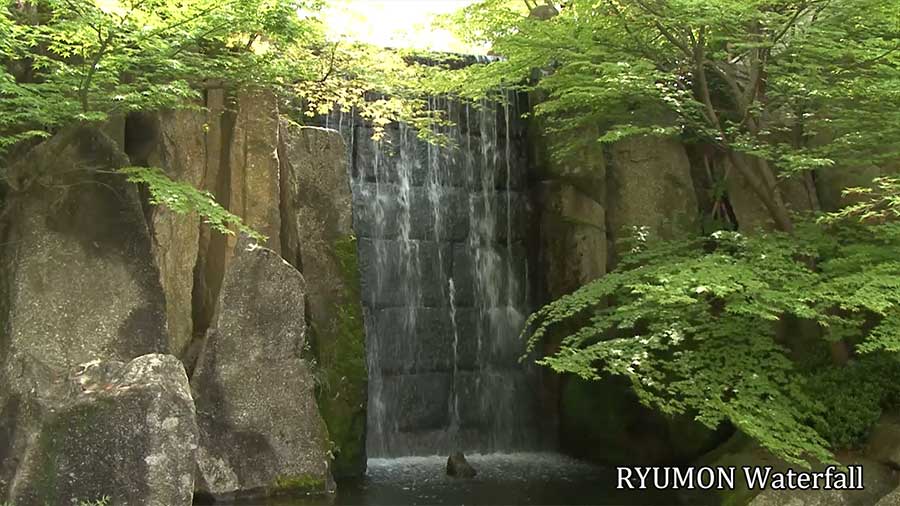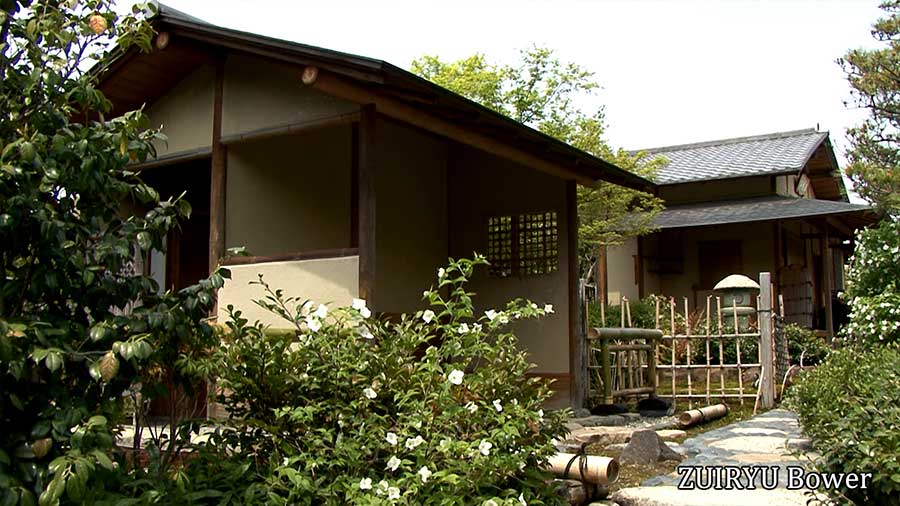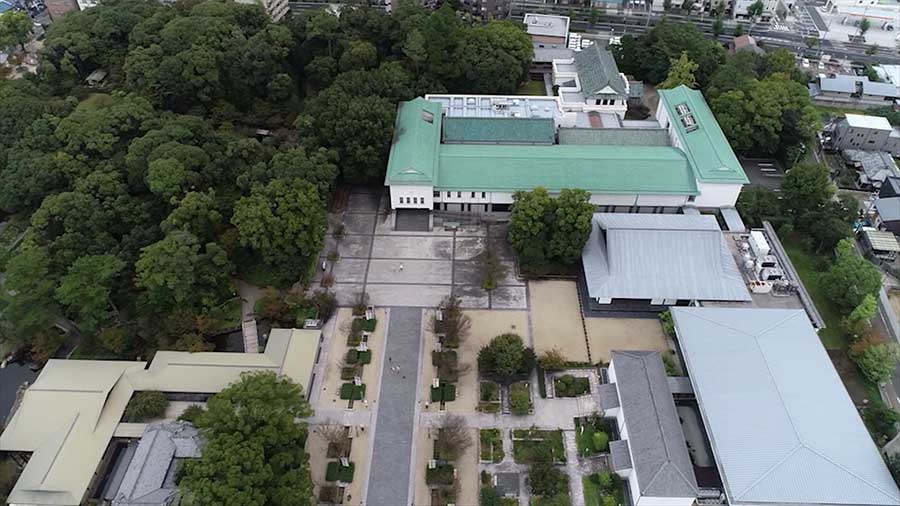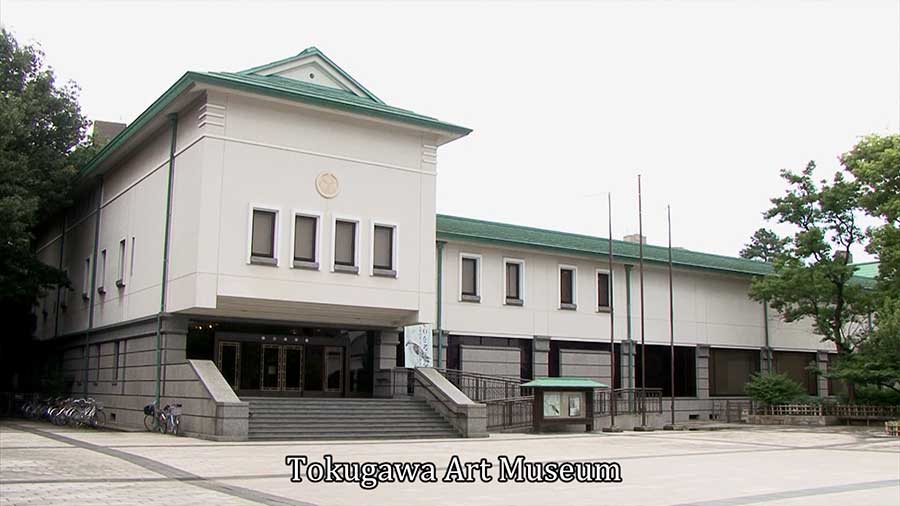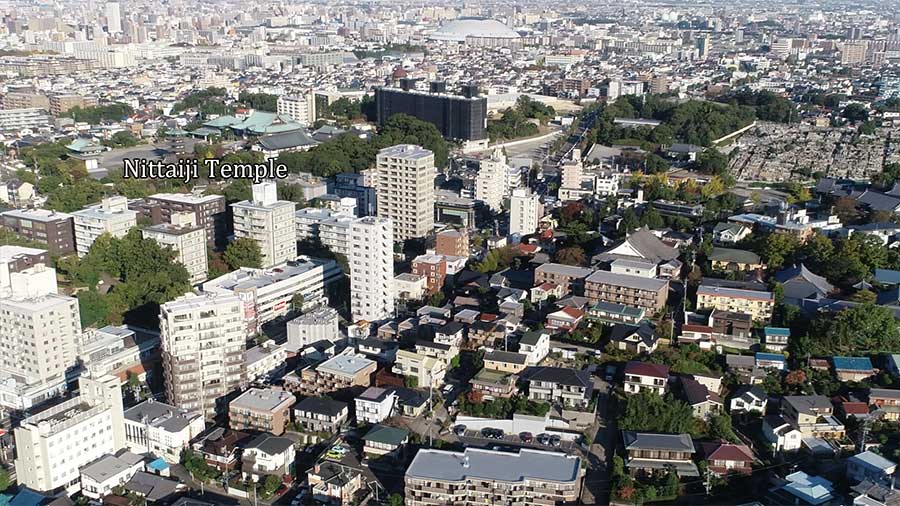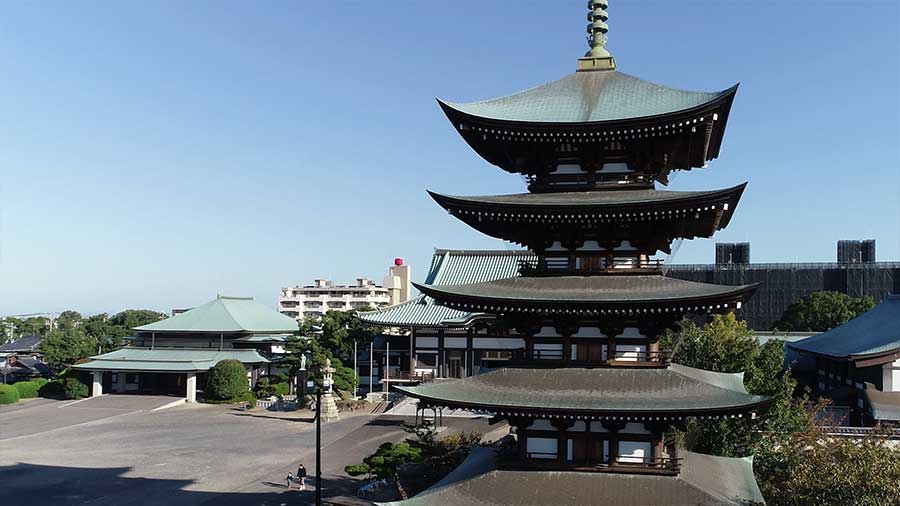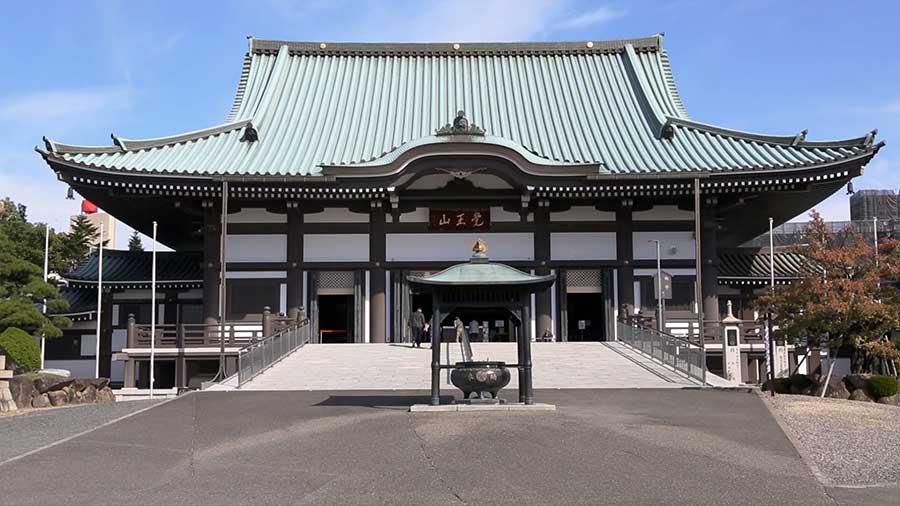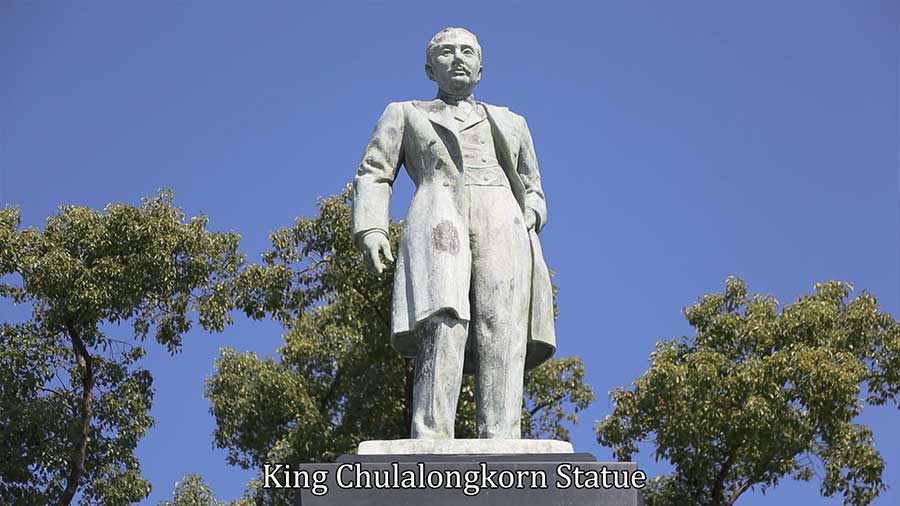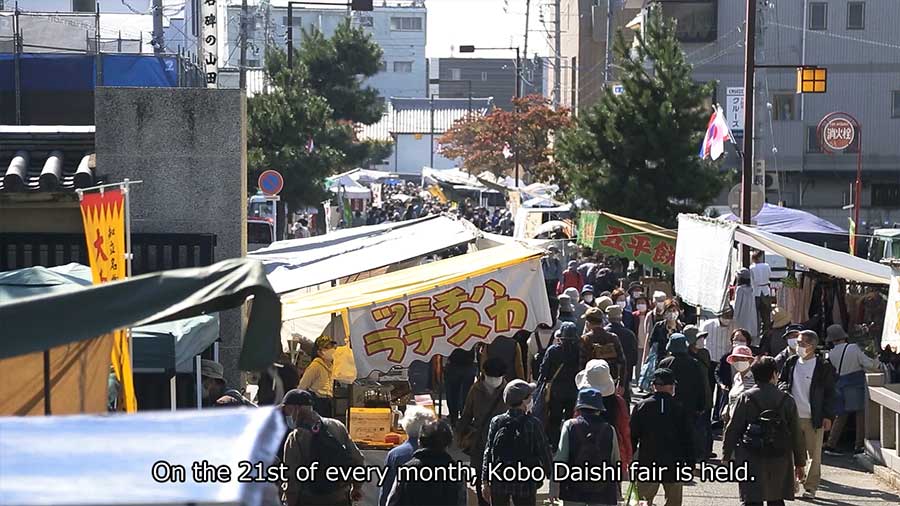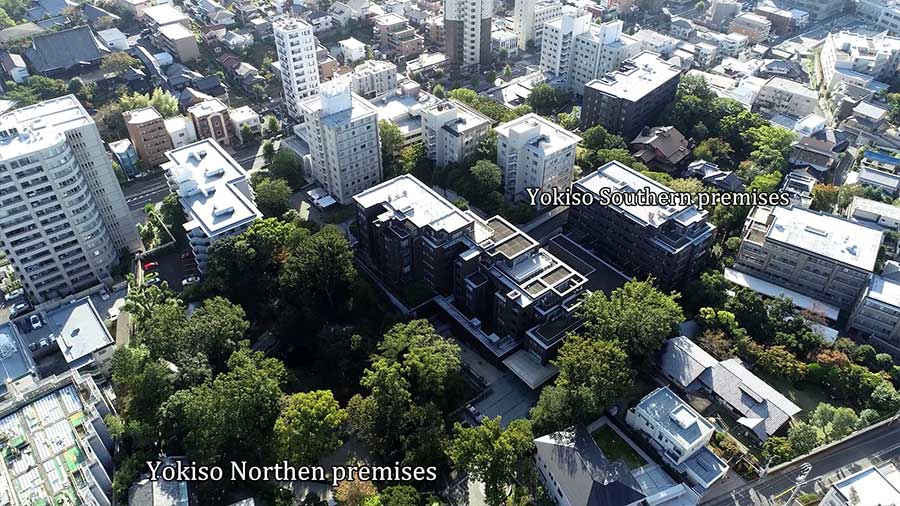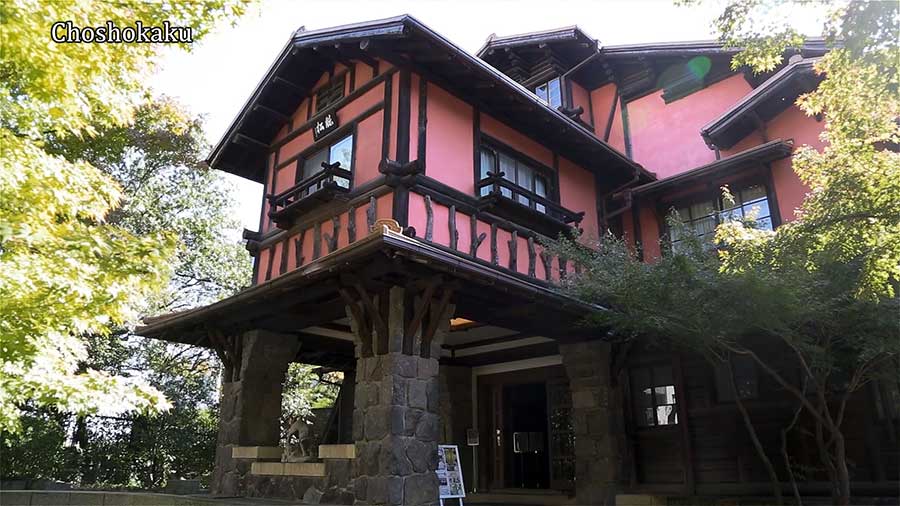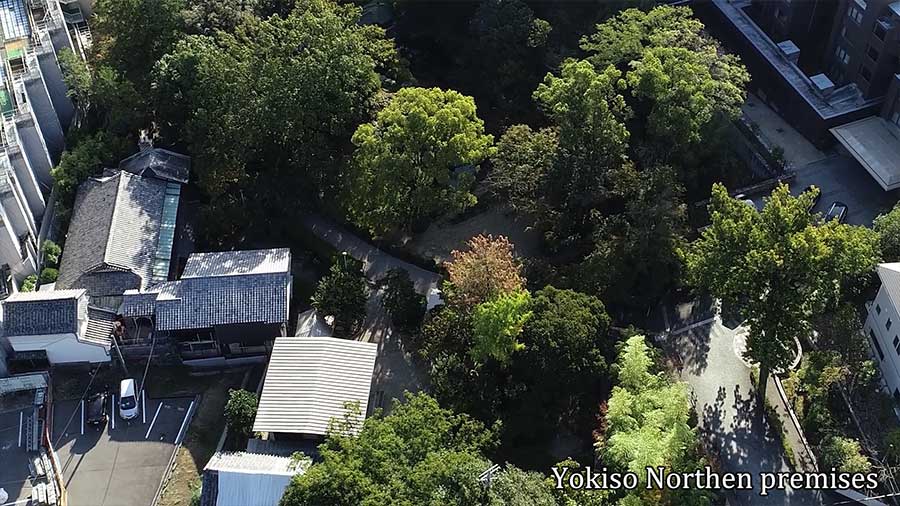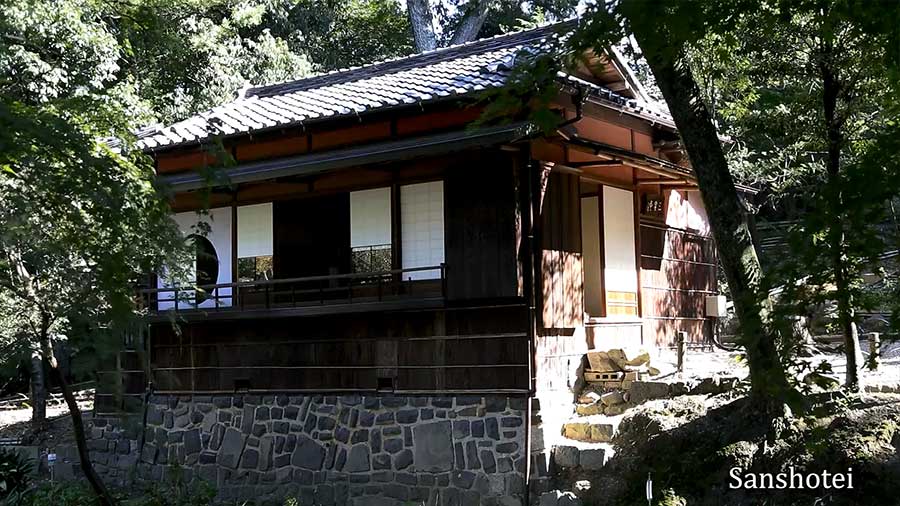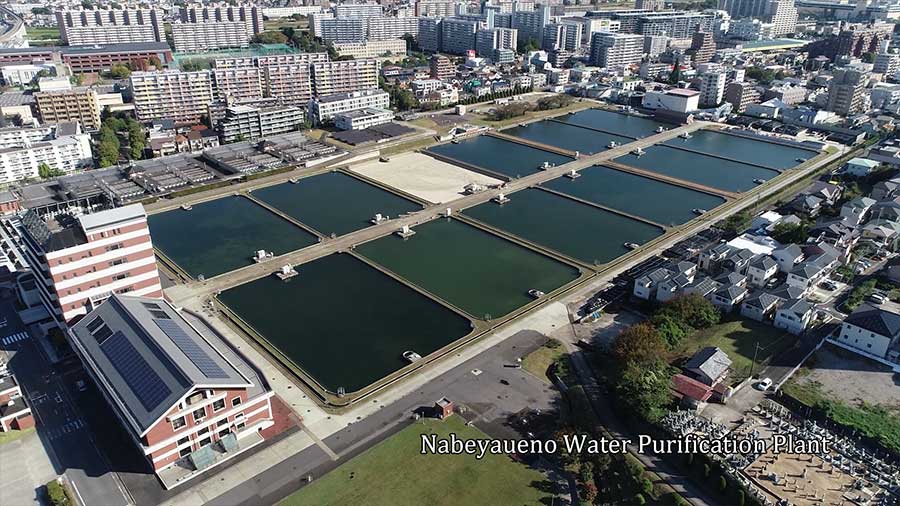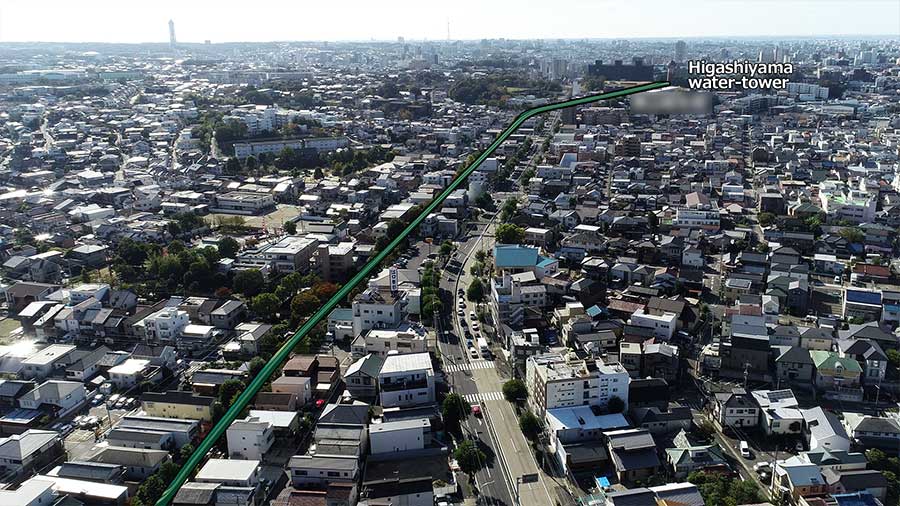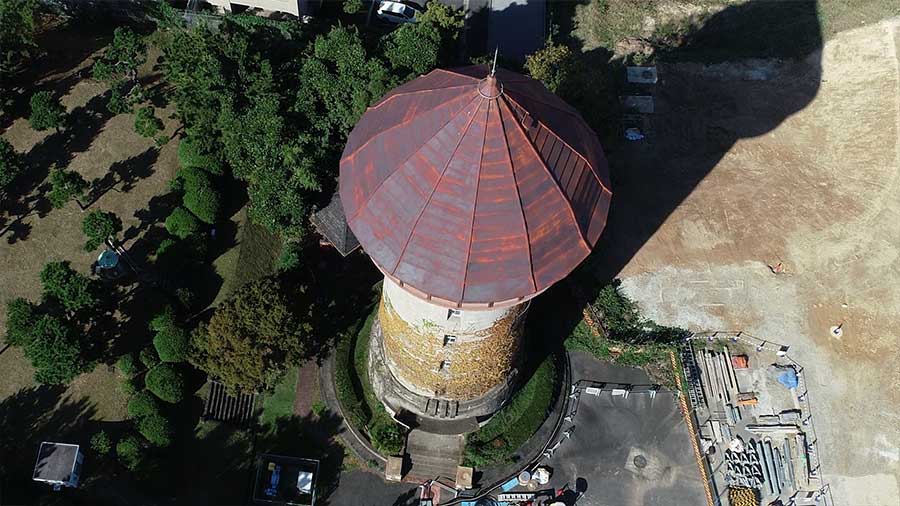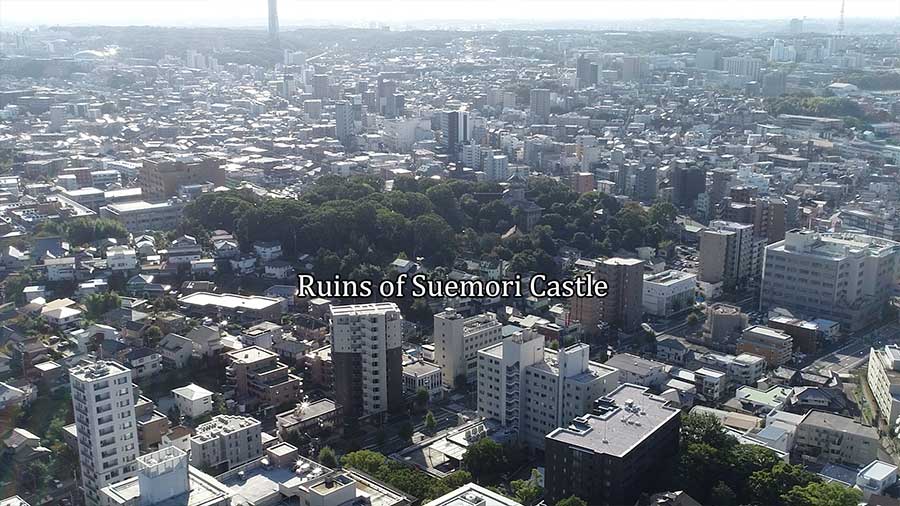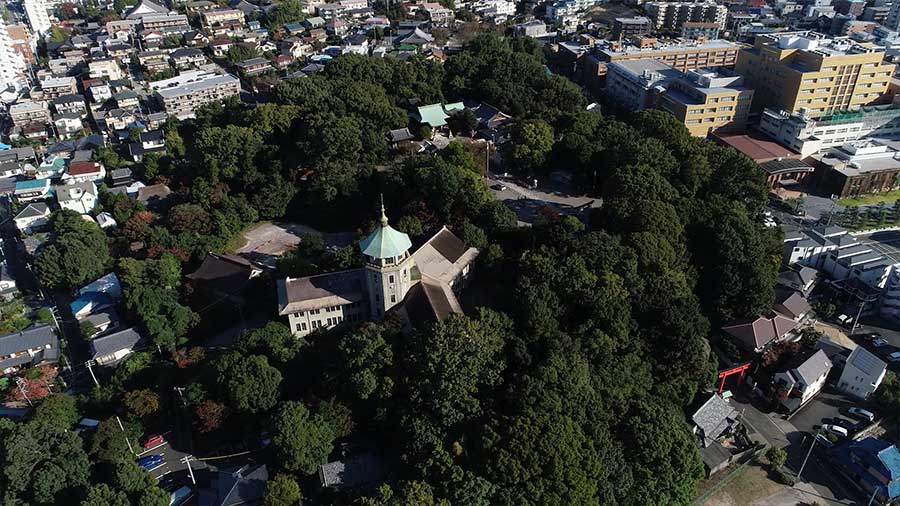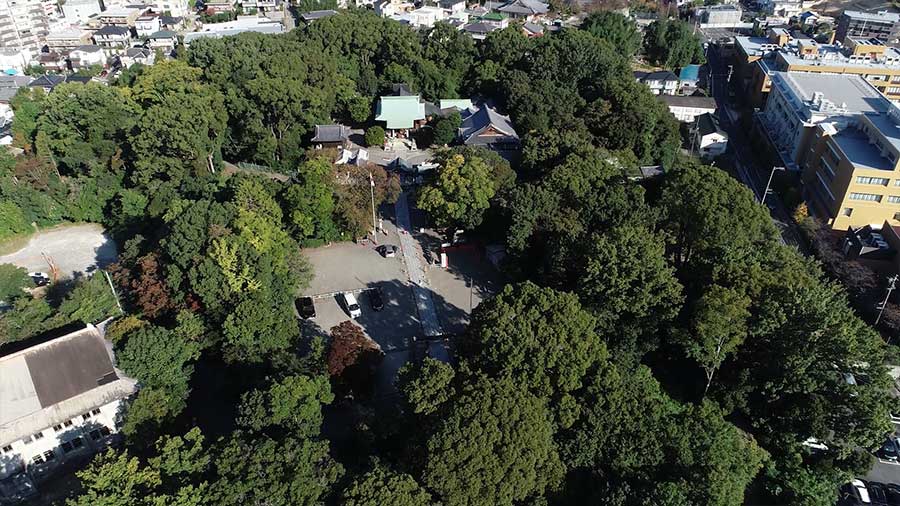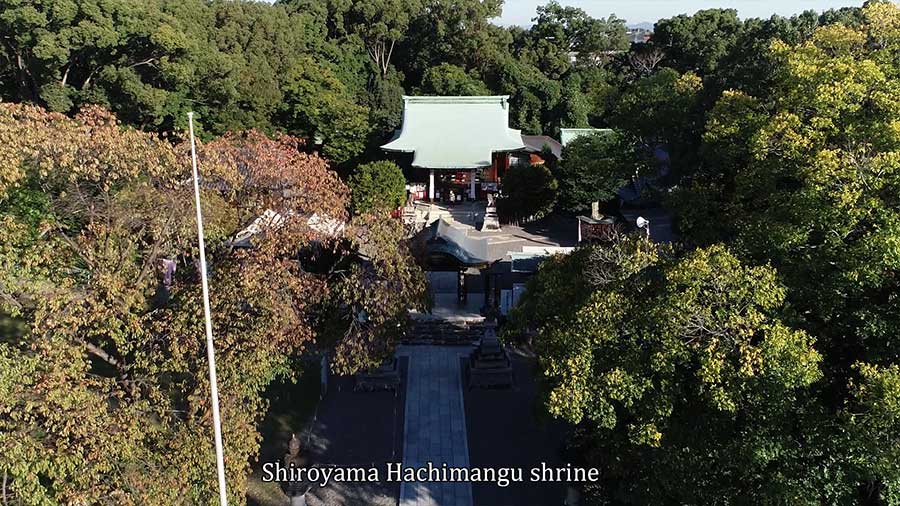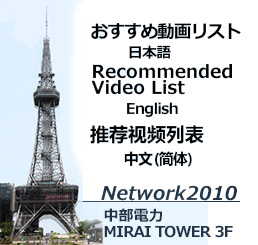Historical Heritage of Eastern Nagoya
- INDEX
- ❶Nagoya Port 2017
- ❷Nagoya Port Garden Pier
- ❸Hisaya Odori Park Video Map
- ❹Historical Heritage of Eastern Nagoya City
Higashi ward and Chikusa ward, located in the eastern part of Nagoya City, are dotted with historical heritage sites such as temples, museums, art galleries, and ruins of old castles.
Nagoya City Archives and Museum
In 1922, the former Nagoya Court of Appeal District Court was constructed to combine the Nagoya Court of Appeal, Nagoya District Court and Nagoya Ward Court into one joint building.The demolition of the building was considered when the courthouse was relocated in 1979, but in response to the desire to preserve it, the demolition was cancelled and the building is now used as the Nagoya City Archives and Museum.
Cultural Path Futaba Museum
The Futaba Palace where Sadayakko Kawakami, the first famous actress in Japan, and Momosuke Fukuzawa, the king of electric power, lived together.At the time of its founding, it was located in Higashi Futaba-cho.In 2005, the mansion was moved to its current location after five years of work.The building was reborn asCultural Path Futaba Museum.
Kenchuuji Temple
Tokugawaen was built as a retreat for the second lord of the Owari domain, Mitsutomo.After the death of Lord Mitsutomo, it was given to the three retainer families of Naruse, Ishikawa, and Watanabe.In 1931, the 19th head of the family, Yoshichika, donated his residence and garden to Nagoya city.Nagoya city opened it to the public under the name "Tokugawa-en. The redevelopment of Tokugawa-en started in 2001.Chisen-kaiyushiki-teien style garden (a Japanese garden with a pond in the centre) was opened in 2004.
Tokugawaen
Tokugawaen was built as a retreat for the second lord of the Owari domain, Mitsutomo.After the death of Lord Mitsutomo, it was given to the three retainer families of Naruse, Ishikawa, and Watanabe.In 1931, the 19th head of the family, Yoshichika, donated his residence and garden to Nagoya city.Nagoya city opened it to the public under the name "Tokugawa-en. The redevelopment of Tokugawa-en started in 2001.Chisen-kaiyushiki-teien style garden (a Japanese garden with a pond in the centre) was opened in 2004.
Kakuozan Nitaiji Temple
In 1898, a part of Buddha's remains, his true bones, were discovered in Piprahwa in northern India.This discovery proved the existence of the Buddha and was a major discovery in the history of the East in the 19th century.The true bones were donated by the British to King Chulalongkorn of Thailand (then Siam), a Buddhist country.In 1900, a part of "The true bones" was presented to Japan together with the national treasure of Siam , "Gold and bronze Shaka Nyorai statue".In 1904, Nissenji (present-day Kakuozan Nitaiji Temple) was built as a temple to enshrine the true bones of Buddha.
Yokiso
Yokiso was built by the 15th generation of the Ito family, Ito Jirozaemon Tamisuke, the first president of Matsuzakaya Co. Yokiso was not only a private villa, but also a luxurious guest house and social gathering place for distinguished guests such as the royal family, politicians, businessmen, and cultural people.
The Nabeyaueno Water Purification Plant
The Nabeyaueno Water Purification Plant was completed in 1914 as the first water purification plant in Nagoya city and started supplying water.In the beginning of the operation, water supply was started with a slow sand filter system.The water that arrives at the water purifying plant flows into the waterways around the filter basin.Influent water is collected in a slow sand filter bed. The water passes slowly through a layer of pebbles and sand. Microorganisms generated on the surface remove turbidity and other contaminants. It is called a slow sand filter system because of its slow filtration rate. In 1936, a rapid sand filter was completed at Nabeyaueno Water Purification Plant to increase the water purification capacity.
Suemori Castle
In 1548, to defend against the Imagawa army, he built Suemori Castle and made it his headquarters.In this castle, he spent time with his legal wife, Dota Gozen, and Nobuyuki, Nobunaga's younger brother.After Oda Nobuhide's death, Nobuyuki became the lord of Suemori Castle.Later, he fought with Oda Nobunaga in Kiyosu for the succession.In 1556, Nobuyuki was defeated by Nobunaga at the Battle of Ino.With the help of his mother, Dota Gozen, his life was saved, but he once again came into conflict with Nobunaga.Eventually, in 1157, he was killed at the Kiyosu Castle.Suemori Castle is now the site of the Shiroyama Hachimangu shrine.

